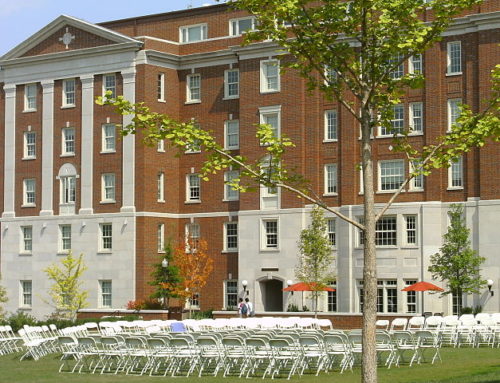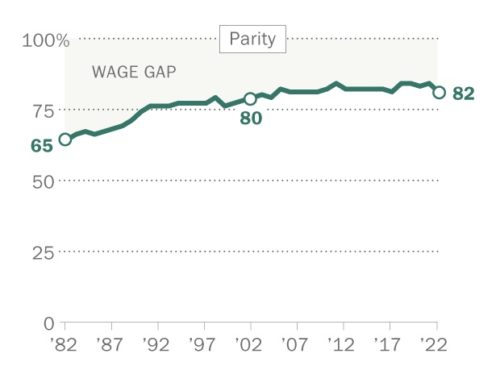“It always seems impossible until it’s done.” -Nelson Mandela
I recently heard a presentation on climate change and read a book “Life After Carbon” by Peter Plastrik and John Cleveland. Plastrik and Cleveland highlighted 25 innovation lab cities across the globe that are in the forefront of urban climate innovation.
The authors detailed how innovative cities are developing a new model for urban development that will eliminate the use of fossil fuels in the production of electricity, heating and cooling of buildings and powering of vehicles.
I now recognize that there is a connection between human health and changing climate. In the past, like most Americans, I was not overly worried about a one-degree increase in temperature over a 100-year period. Images associated with global warming — crumbling ice sheets or a lonely polar bear confronting a melted landscape — seemed distant and irrelevant.
One picture is worth a thousand words. In my case, I was personally impacted by hurricanes and catastrophic flooding in both my hometown, Houston, and my current residence, Sarasota. When I stayed in California, I could smell the stench from deadly wildfires that contaminated the air. In 2016, more than 67,000 wildfires burned over 5.5 million acres in the U.S., an area equivalent to the size of New Jersey. In the past decade, extreme heat waves in the U.S. have killed hundreds of people, mostly in urban areas, and caused tens of billions of damage.
“Life after Carbon” examines how urban climate innovation labs are in cities throughout the globe in response to global climate change. The book discusses that — despite many technical, political, economic and social difficulties — they are changing buildings, streets, neighborhoods, and other physical structures; the supply of energy, water, transportation, green spaces and other land; and the consumption of resources and disposal of waste.
Over the next few years, carbon usage will decline because of electric cars, zero-energy homes and buildings. The homes and buildings will produce as much renewable energy as they consume.
Many communities are providing subsidies and tax breaks for installing heat pumps, triple-glazed windows and solar panels. Marshall Gobuty, president of Pearl Homes, is building a net-zero energy-plus community in Cortez, Florida. While the goal is to make these homes fully net zero, they are currently generating 96 percent of their own clean power.
Vancouver’s “Greenest City 2020 Action Plan” calls for 150,000 new trees, ensuring every resident lives within a five-minute walk to green space, and increasing the number of urban farming businesses, farmers’ markets and community gardens.
“Life after Carbon” provides a road map on how we can avert the catastrophe of climate change and therefore achieve a better quality of life for our urban population. By 2050, two-thirds of Earth’s nine billion people will live in urban areas. Cities can either continue to cause the proliferation of toxic waste or help achieve a better quality of life.
According to Plastrik and Cleveland, the modern city has outlived its usefulness because they are the source of much global warming. They give numerous examples of cities that are transforming their design and physical space, including Vancouver, Copenhagen and Seattle. Some cities are:
- Freeing downtowns from cars.
- Turning buildings into renewable-energy power plants.
- Seeding financing to clean-energy and smart-tech companies.
- Converting waste to energy.
Hopefully, a documentary called “Greening America,” based on “Life After Carbon,” will be shown in 2020 at the Sarasota Film Festival.
Several years ago, I created the Eloise Werlin Park in memory of my late wife. Over the years, many people have expressed their appreciation to me for creating a tiny oasis in the midst of our city’s growing urban sprawl. Hopefully, my efforts will inspire our city planners and residents to make further efforts to make Sarasota more livable.
Originally published in the Sarasota Herald-Tribune



